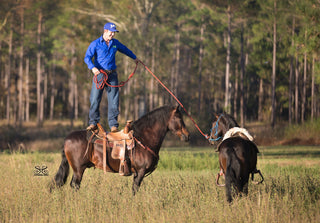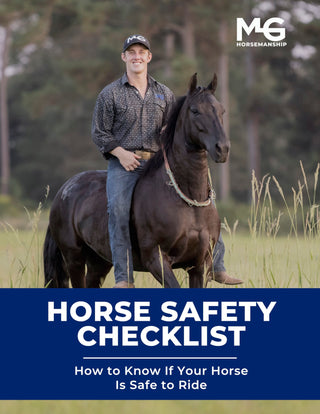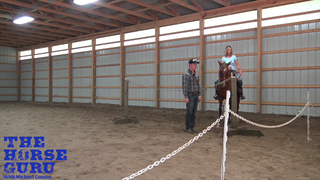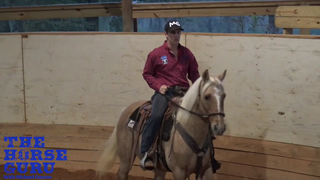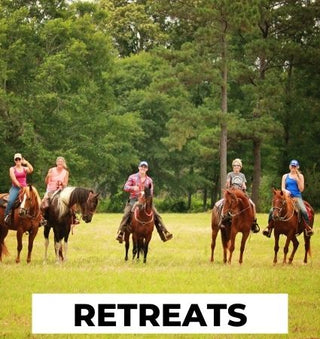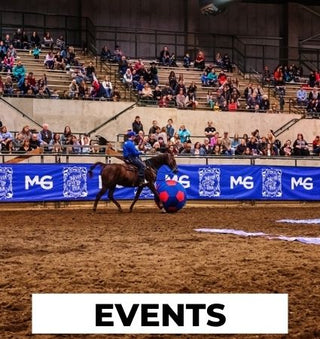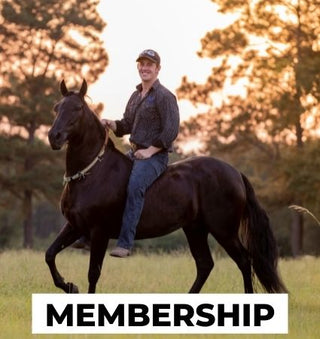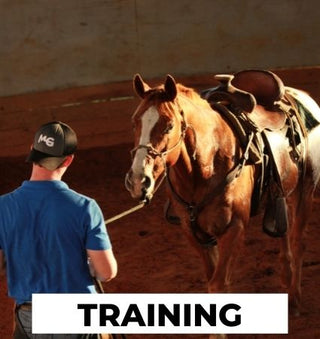The one rein stop is an essential skill for any horse rider, offering a reliable way to halt forward motion safely and effectively. Whether you’re working with a spirited young horse or an experienced mount, this emergency maneuver can make all the difference when control and safety are paramount. In this guide, we’ll explore the step-by-step process of executing a one rein stop, its benefits, and how it differs from other techniques like disengaging the hindquarters.
Understanding the One Rein Stop
What Is a One Rein Stop?
A one rein stop is a method for stopping a horse by flexing its neck and redirecting its energy. Unlike disengaging the hindquarters, which involves moving the horse’s hind end to control its direction, a one rein stop focuses on halting forward motion entirely. This technique is especially useful in high-energy situations when you need to regain control quickly and safely.
Key Differences
-
Disengaging the Hindquarters: Encourages movement by directing the horse’s hindquarters around. This technique helps teach control and responsiveness but does not necessarily stop forward motion.
-
One Rein Stop: A purely emergency maneuver designed to shut down all forward movement by redirecting the horse’s energy and relaxing its body.
How to Execute a One Rein Stop
Step 1: Prepare Your Body
Start by sitting deep in your saddle. Keep your posture straight and balanced without twisting or leaning. Your legs should be used for balance only, not for adding pressure.
Step 2: Initiate the Stop
-
Allow your horse to walk off naturally. Pay attention to its energy level.
-
If your horse begins to move with excessive energy or excitement, gently slide one rein down to take its face toward you. Flex its head past your leg without pulling harshly.
-
Hold the position until the horse stops moving forward.
Step 3: Release the Pressure
Once your horse comes to a complete stop, immediately release the rein to signal that it has done the right thing. If the horse moves off again without your cue, repeat the process calmly and consistently.
Pro Tips for Success
Handle Resistance Effectively
-
If your horse continues moving forward or resists the rein, bring its face further toward you and lift the rein higher if necessary. This encourages the horse to disengage fully and focus on stopping.
Practice Proactively
-
Think of the one rein stop as an emergency brake. Regular practice ensures you and your horse know what to do in high-stress situations. Don’t wait until a real emergency to use this technique—build muscle memory through consistent training.
Adjust for Your Horse’s Needs
-
The one rein stop works for all types of horses, from hot-blooded breeds to more laid-back colts. The key is maintaining control of the head and hindquarters, which ultimately controls the horse’s entire movement.
Building Confidence and Control
The Benefits of Loose Reins
One of the greatest advantages of mastering the one rein stop is the confidence it provides. With this skill, you can ride with loose reins, knowing that you can stop your horse at any time. This enhances your overall horsemanship and deepens the trust between you and your horse.
Preventing Bad Habits
Be cautious not to overuse the one rein stop, as this could condition your horse to stop too frequently or hesitate when forward motion is necessary. Use it strategically as an emergency measure rather than a routine control technique.
Practical Application
Training Scenarios
During training, allow your horse to move naturally on a loose rein. If it accelerates or moves without your cue, implement the one rein stop. Over time, your horse will learn to maintain a relaxed pace and wait for your commands.
Encouraging Relaxation
After each stop, allow your horse to fully relax. Look for signs such as an exhale or a softening of its body. This reinforces the idea that stopping is a calming action.
Final Thoughts
The one rein stop is more than an emergency maneuver; it’s a cornerstone of effective horsemanship. By mastering this technique, you gain the confidence to ride safely in any situation and the ability to communicate clearly with your horse. Remember to practice regularly, use it judiciously, and always reward your horse for responding appropriately.
With the right approach, the one rein stop will become a reliable tool in your horsemanship toolkit, enhancing both your safety and your connection with your horse.
Get the training and support you need—join the Horse Help Challenge now HERE!


